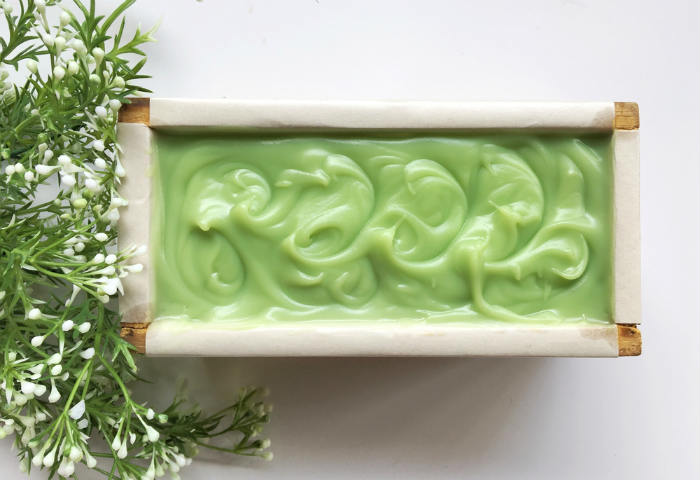Soap Making 101 – How To Make Cold Process Soap

Make sure to like Living Green and Frugally on Facebook, Shop at Amazon to help support my site and explore our PINTEREST BOARDS for innovative ways you can become self-sufficient.
Soap making is a delightful blend of science and creativity, offering a rewarding experience that allows you to craft your own personalized soaps tailored to your skin’s needs and your preferred scents. Among various methods, cold process soap making stands out for its simplicity and versatility.
In this beginner’s guide, we’ll delve into the basics of cold process soap making, equipping you with the knowledge to create your first batch of handmade soap.
Understanding Cold Process Soap Making:
Cold process soap making is a method where oils and lye are combined to create soap through a natural saponification process. This chemical reaction transforms the ingredients into soap and glycerin, resulting in a luxurious and moisturizing product.
Ingredients Needed:
- Oils and Fats: Common oils used include olive oil, coconut oil, palm oil, and castor oil. Each oil brings unique properties to the soap, such as cleansing, moisturizing, or lathering.
- Lye (Sodium Hydroxide): This is a crucial ingredient for saponification. Handle with care and always follow safety precautions when working with lye.
- Water: Distilled water is typically used in soap making to ensure purity and consistency.
- Essential Oils or Fragrance Oils: These add scent to your soap. Choose from a wide variety of essential oils for natural fragrances or fragrance oils for a wider range of scents.
- Additives (Optional): Ingredients like herbs, clays, or exfoliants can enhance the soap’s properties and aesthetics.
Equipment Needed:
- Safety Gear: Wear gloves, goggles, and long sleeves to protect yourself from lye splashes.
- Stainless Steel or Heat-Resistant Plastic Containers: These are used for mixing lye solution and oils.
- Thermometer: To monitor the temperature of oils and lye solution.
- Stick Blender: For mixing the oils and lye solution thoroughly.
- Soap Molds: Choose molds suitable for cold process soap making, such as silicone or wooden molds.
View this post on Instagram
The Soap Making Process:
- Measure and prepare your ingredients and equipment beforehand.
- Slowly add lye to water, stirring until dissolved. Be cautious as this mixture will release heat and fumes.
- Heat oils to the desired temperature, typically around 100-110°F (38-43°C).
- Once both lye solution and oils reach the desired temperature, slowly pour the lye solution into the oils.
- Use a stick blender to mix the ingredients until they reach trace, a stage where the mixture thickens to a pudding-like consistency.
- Add essential oils or fragrance oils and any desired additives, then mix thoroughly.
- Pour the soap batter into molds and tap gently to release air bubbles.
- Allow the soap to cure in the molds for 24-48 hours.
- After curing, unmold the soap and cut it into bars.
- Let the soap cure for 4-6 weeks, allowing it to harden and the saponification process to complete.
View this post on Instagram
Tips for Success:
- Accurate measurements are crucial. Use a digital scale for precision.
- Follow safety guidelines when working with lye, and always add lye to water, not the other way around.
- Experiment with different oils, additives, and scents to create unique soap recipes.
- Keep a journal to record your recipes and observations for future batches.
- Patience is key. Soap making is an art that rewards patience and practice.
Cold process soap making is a fulfilling craft that allows you to create high-quality, personalized soaps tailored to your preferences. With the right ingredients, equipment, and techniques, you can embark on a journey of creativity and self-expression while indulging in the luxurious world of handmade soap.
So, roll up your sleeves, gather your supplies, and let your imagination run wild as you embark on your soap making adventure!